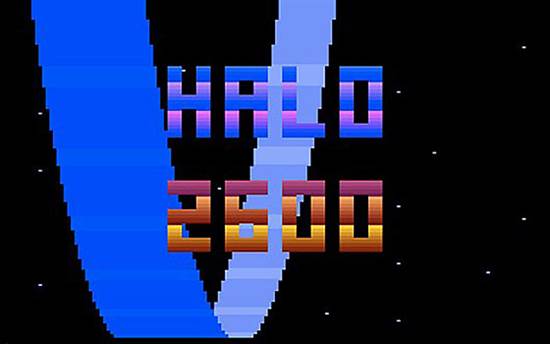Games are art… at least according to the Smithsonian American Art Museum. Today the esteemed museum announced that it has acquired thatgamecompany’s Flower and Ed Fries’ Halo 2600 as part of their permanent collection of film and media arts.
Read on for the announcement.
The Smithsonian American Art Museum has acquired two video games for its permanent collection, “Flower” (2009) by Jenova Chen and Kellee Santiago of thatgamecompany and “Halo 2600” (2010) by Ed Fries. These acquisitions build upon the museum’s growing collection of film and media arts and represent an ongoing commitment to the study and preservation of video games as an artistic medium.
“The best video games are a great expression of art and culture in our democracy,” said Elizabeth Broun, The Margaret and Terry Stent Director of the Smithsonian American Art Museum. “I am excited that this new medium is now a permanent part of our collections alongside other forms of video, electronic and code-based art.”
The brief history of video games already includes several generations of both games and gamers. The rapid evolution of technology and the enormous cultural reach of video games have set the stage for a new genre in media art. Video games offer a compelling avant-garde performance space, activated by artists and players alike. These media art practices are distinct from film, video and theater and mark a critical development in the history of art. The museum is acquiring works that explore and articulate the unique boundaries of video games as an art form and plans to acquire additional video games in the future, working with artists, developers and programmers to represent this new creative practice. The inclusion of video games furthers the mission of the museum and ensures the ongoing preservation, study and interpretation of video games as part of the national collection of American art.
“Video games represent a vast, diverse and rapidly evolving new genre that is crucial to our understanding of the American story,” said Michael Mansfield, curator of film and media arts. “‘Flower’ and ‘Halo 2600’ are important additions to our collection, but they are just the beginning of our work in this area. By bringing these games into a public collection, the museum has the opportunity to investigate both the material science of video game components and develop best practices for the digital preservation of the source code for the games themselves.”
In 2012, the Smithsonian American Art Museum organized “The Art of Video Games,” an exhibition that identifies video games as a new mode of creative expression. Following on that research, the museum’s media arts initiative is exploring ways to represent interactive and code-based video games in its permanent collection of film and media artworks. “Flower” and “Halo 2600” are included in “The Art of Video Games” exhibition, which was on view at the museum from March 16, 2012, through Sept. 30, 2012, and is currently on a 10-city national tour.
Connecting Online
Video interviews with 20 influential figures in the gaming world, including Fries, Chen and Santiago, are available on the museum’s website and on YouTube at youtube.com/americanartmuseum. The public also may follow the museum for updates about the museum’s media arts initiative and related video game projects on Twitter by following @americanart and using #taovg or by subscribing to the museum’s email list at americanart.si.edu/visit/enews.



